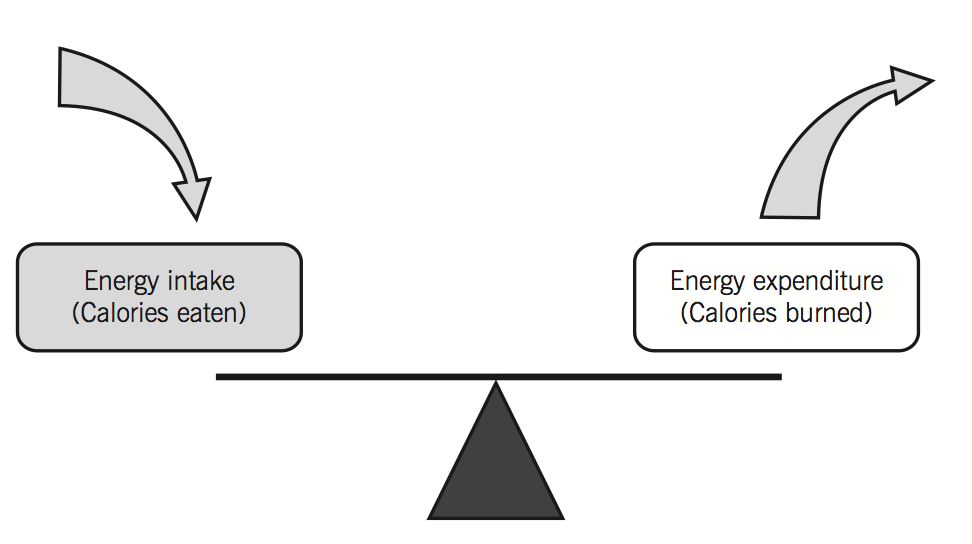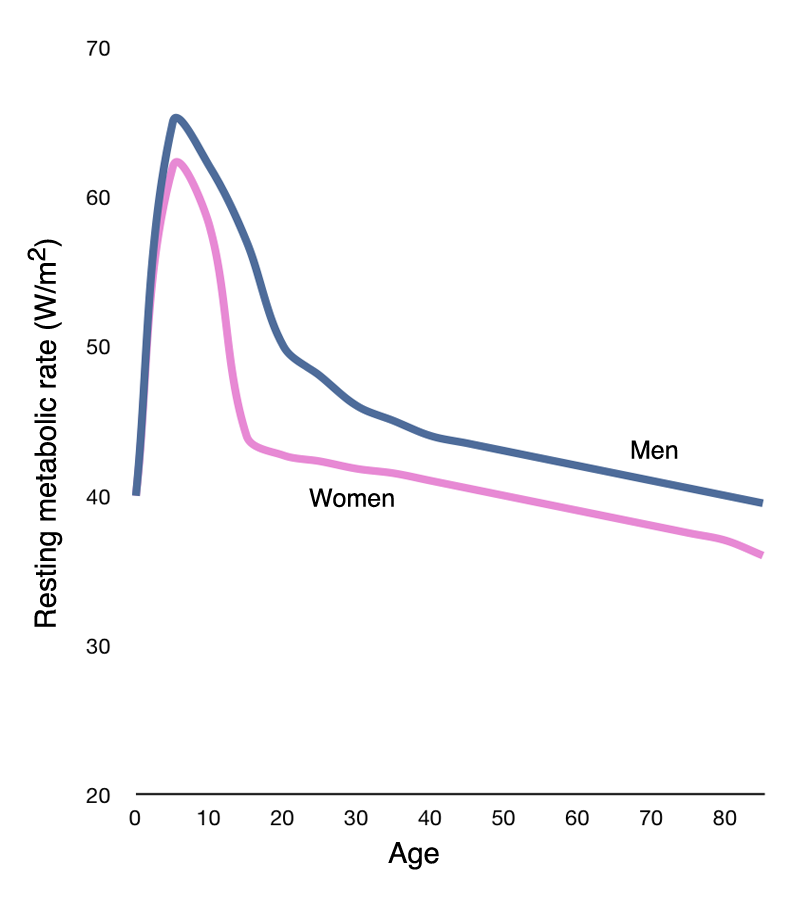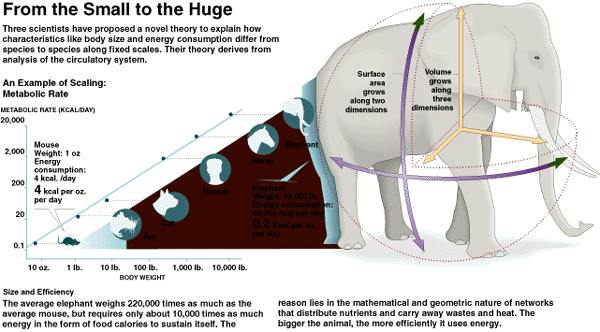What is G-Flux?
It’s a basic law of the universe: Energy can’t be created nor destroyed, only converted. As physiological systems, we are always balancing energy.
We bring energy in through calories in what we eat. We expend energy to sustain metabolic functions and our activity. Thus, energy in = food; energy out = life and movement.
G-Flux, otherwise known as energy flux, is the complex and interdependent relationship between the energy that flows into and out of a physiological system. It’s the balance between the two. You can also think of it as the amount of calories you “turn over”.

Why is G-Flux so important?
To achieve optimal body composition and health, it is essential to find the right balance between energy intake and expenditure. Keeping G-flux high is vital to maintaining a lean body and staying strong, functional, and healthy.
Increased G-Flux
If you increase G-Flux through exercise, nutrition, and supplementation, then you’ll enjoy:
- simultaneous increases in lean mass and losses in fat mass
- increased metabolic rate
- more rapid adaptations to training stress
- better recovery
- improved health
- increased sympathetic nervous system (SNS) activity
- improved nutrient partitioning (in other words, what your body does with what you eat)
- improved micronutrient delivery (in other words, vitamins, minerals, and phytonutrients get where they need to go)
- increased tissue remodeling and turnover
Decreased G-Flux
However, we can also decrease G-Flux through inactivity, poor nutrition, and age-related muscle wasting (i.e. sarcopenia).
Starting between the ages of 25 and 30, most people lose roughly 5 to 10 pounds of muscle during each decade of life. Muscle is metabolically active, which means is needs a lot of calories just to maintain itself.
Thus, as we lose muscle, our metabolic rate can dwindle too. Not good.
The average person who becomes less active and loses muscle as they age can experience a 20 to 25 percent reduction in 24-hour metabolism by the time they turn 65 years old. This can result in a metabolic drop of around 500 calories.

In essence, when G-Flux goes down, so does our ability to use nutrients effectively and beneficially.
What you should know about G-Flux
Often, when someone thinks of energy balance, they envision a single point that doesn’t change. The fascinating thing is that energy balance is always in flux. Finding the best energy balance point leads to a higher metabolic rate and a lean and healthy body.
With G-Flux, physiology can be profoundly changed — regardless of the energy-balance state or that input-output number.
Take an individual eating 2500 calories a day and burning 2500 calories a day. That person wouldn’t likely lose or gain any weight. They’re in energy balance and that means they’d be weight stable.
If we use the principles of G-Flux to boost this person’s food intake to 3000 calories a day and boost their calorie burning to 3000 calories a day, most would assume that the person wouldn’t change. They’d assume that the increased intake and expenditure would cancel each other out, right?
But researchers have shown that in such a situation there are increases in metabolic rate, losses of fat, and increases in lean mass!
The weight might not always change but body composition certainly does. That’s the power of G-Flux!
Eat more, exercise more, and build a better body.
Conversely, let’s say this person is inactive, burning only 2000 calories a day. To compensate, they cut down their calories to 2000. Again, you’d think that it’d be the same. But it isn’t.
The reduced activity combined with lower calories means a decrease in metabolic rate, decreased health, and loss of valuable lean muscle mass.
| Intake (calories) | 2000 | 2500 | 3000 |
|---|---|---|---|
| Output (basal metabolism + activity) |
Inactive | Moderately active | Highly active |
| Difference (intake – output) |
0 | 0 | 0 |
| Effects | *Muscle loss *Fat gain *Poorer recovery *Poorer fitness *Poorer health |
*Maintenance *No gain or loss *Adequate performance *Adequate health *Adequate fitness |
*Muscle gain *Fat loss *Improved recovery *Better athletic performance *Better health |
In other words, to get and stay lean, it’s probably better to exercise as much as you can while eating as much as possible — as long as you’re gaining muscle and losing fat — than the reverse.
More exercise means improved nutrient partitioning, insulin sensitivity, protein turnover and tissue remodeling. More nutritious food consumption means sustained sympathetic nervous system activity, elevated metabolism, and better overall nutrient status.

How to increase G-Flux?
Accomplishing higher energy expenditure can be done in different ways.
- Go back in time and make sure your parents give you with the genetics for a fast metabolism.
- Geometrically increase your size to elephantine proportions.
- Increase your weekly amount of physical activity.
Since we’re still working on the time machine concept, and it looks like you’re stuck with your DNA, increasing energy expenditure through physical activity — especially relatively intense physical activity — may be the best idea.
Data suggest that you start to reap the benefits from G-Flux around 5 hours a week, but more activity (within reason) is better — again, if combined with a higher food intake.
How to increase activity
When we talk about the G-Flux concept, the first thing everyone wants to know (besides Really? I can eat more?) is How the heck am I supposed to get more activity?
First, understand that we’re looking at a total weekly amount — activity spread over 7 days. Don’t go into the gym and try an 8-hour workout one day a week.
Second, remember that with high amounts of physical activity, mixing up your modes is very important. It is definitely possible to overtrain when you stress one system too much.
Sample G-flux week of exercise
| Day | Workout | Example | Time | |
| Day 1 | Dynamic warm-up | Full-body-circuit conditioning workout | Interval circuits with body-weight exercises, kettlebell exercises, med-ball exercises, tire flipping, sled dragging, etc. | 1 hour |
| Day 2 | Dynamic warm-up | Lower-body weight training | 1 hour | |
| Day 3 | Low-intensity recovery workout | Yoga, Pilates, hiking, walking, bike riding, etc. | 1 hour | |
| Day 4 | Dynamic warm-up | Full-body-circuit conditioning workout | Interval circuits with body-weight exercises, kettlebell exercises, med-ball exercises, tire flipping, sled dragging, etc. | 1 hour |
| Day 5 | Dynamic warm-up | Upper-body weight training | 1 hour | |
| Day 6 | Dynamic warm-up | Sprints/intervals | 100-meter repeats, 200-meter repeats, etc. | 1 hour |
| Day 7 | Low-intensity recovery workout | Yoga, Pilates, hiking, walking, bike riding, etc. | 1 hour | |
| Total | 7 hours | |||
Summary and recommendations
G-Flux involves training more and eating more as long as your training and nutrition plan are well designed.
G-Flux is not:
- a license to overtrain, physically over-reach, or do 359 sets of bench press in a workout
- a license to over-eat on poor quality foods
How to implement G-Flux:
- If you aren’t already exercising 5 hours a week, start by doing so. Ease into it and make sure your program includes a mixture of high-intensity and recovery activities.
- Implement PN-style eating.
- Every week, check in. How do you feel? Are you observing the changes you want to see? Are you properly recovering?
- Once you adapt to 5 hours of weekly training:
- Maximize fat loss by increasing exercise (slowly!) to about 8 hours a week, without increasing food intake.
- Maximize muscle gain by keeping exercise the same and increasing food intake (slowly!) by about 10%.
- Keep “checking in” and observing your progress regularly.
What are some of the keys to enhancing your G-flux?
- Build muscle with intense resistance training/conditioning
- Maximize post workout energy expenditure by using high intensity exercise
- Regular program change to force new stimuli and adaptations
- Boost non-exercise physical activity
- Eat at regular intervals
- Eat lean protein at every feeding
- Eat vegetables and/or fruit at every feeding
- Incorporate omega-3 fats
- Incorporate multiple exercise modes and different activities
References
Click here to view the information sources referenced in this article.
Eat, move, and live…better.©
The health and fitness world can sometimes be a confusing place. But it doesn't have to be.
Let us help you make sense of it all with this free special report.
In it you'll learn the best eating, exercise, and lifestyle strategies – unique and personal – for you.



Share